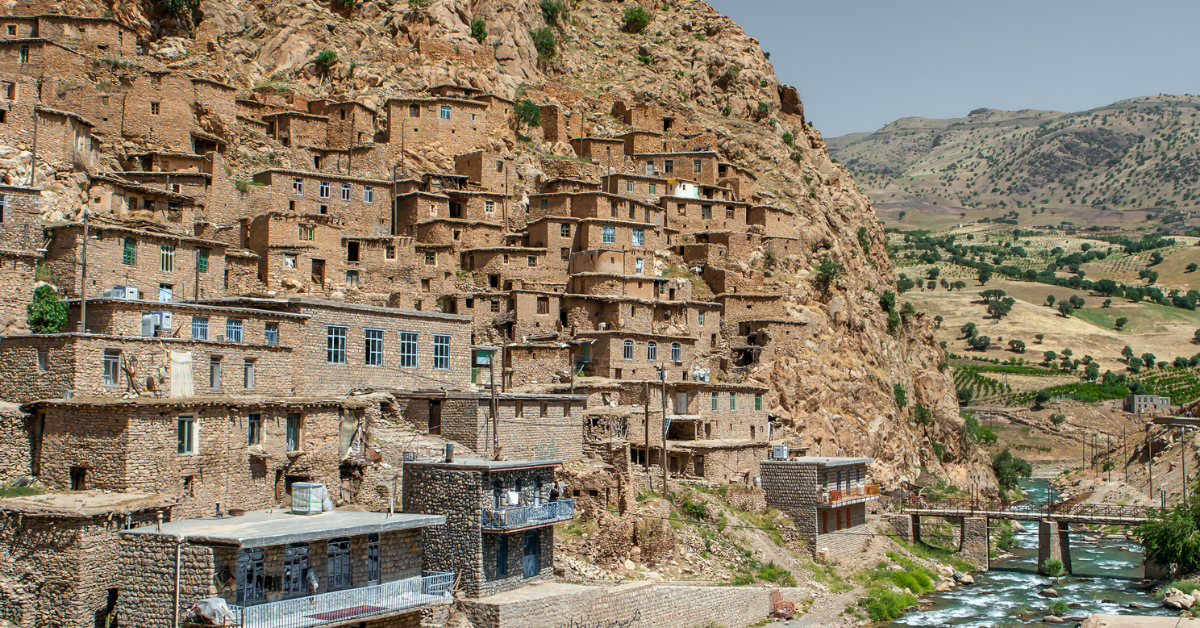Aleppo, one of the world’s oldest cities, is widely known in Japan through media, history, and even natural soap. In Japanese, no official kanji representation exists, and the city’s name is generally written in katakana as アレッポ. For Japanese people, Aleppo symbolizes both ancient cultural heritage and the devastation of war, making it a place with deeply contrasting images.
Does Aleppo Have a Kanji Representation?
Aleppo is an ancient city located in northern Syria. In Arabic it is called “Halab,” in Turkish “Halep,” and in English “Aleppo.” In Japanese, accuracy is prioritized, so it is written as “アレッポ” in katakana, and no official kanji form exists.
In the past, it was common to attempt phonetic kanji renderings for foreign place names, but in the modern era, international standardization has led to katakana becoming the norm.
| Original Language | Japanese Representation | Notes |
|---|---|---|
| Halab (Arabic) | アレッポ | Local name |
| Halep (Turkish) | アレッポ | Turkish reading |
| Aleppo (English) | アレッポ | Basis for Japanese transcription |
| 阿烈甫 / 亜列保 | Not used | Rare attempts at phonetic kanji |
In conclusion, “Areppo” written in katakana is the most appropriate and standard representation in Japanese.
The Image of Aleppo Among Japanese People
Aleppo is not a city familiar in the daily lives of most Japanese people, yet it carries several strong associations.
A World Heritage City
The Old City of Aleppo is a UNESCO World Heritage Site, and landmarks such as the Citadel and traditional bazaars symbolize its rich history. Japanese history enthusiasts and travelers often see it as “an ancient Middle Eastern city.”
A City Marked by War
During the Syrian Civil War, Aleppo became the site of devastating battles. In Japan, television images of destroyed buildings shaped the perception of Aleppo as “a city of ruins and suffering.”
The Presence of Aleppo Soap
Made from olive oil and laurel oil, Aleppo soap is well-known in Japan as a natural product. The city’s name has become synonymous with this soap, creating a more positive association of Aleppo as “a place of eco-friendly tradition.”
| Japanese Perception | Examples |
|---|---|
| Positive | World Heritage architecture, traditional markets, Aleppo soap |
| Negative | War footage, destroyed city, humanitarian crisis |
The Sporting Side of Aleppo
Aleppo is not only known for culture and history but also for its sports scene, especially soccer. The local club Al-Ittihad Aleppo is a prestigious team in Syria’s domestic league. For the city’s residents, matches are not just entertainment but also a source of pride and unity.
Even during times of war, sports provided a way for people to come together, symbolizing resilience. If Japan’s national soccer team were ever to engage with Aleppo’s clubs, it could reshape Japanese perceptions of the city from one of tragedy alone to one of shared human passion.
| Role of Sports | Meaning in Aleppo |
|---|---|
| Entertainment | Part of everyday life |
| Pride | Local club success brings honor |
| Hope | Encourages people even amid conflict |
Aleppo’s Food Culture and Daily Life
Less known in Japan, Aleppo is also a culinary hub. Its cuisine includes kebabs, yogurt-based dishes, and richly spiced stews, reflecting centuries of trade and cultural exchange.
Food is a window into culture, allowing people to understand Aleppo beyond images of war.
| Signature Dish | Features |
|---|---|
| Kebab | Charcoal-grilled meat with a smoky aroma |
| Kibbeh | A traditional dish made with minced meat and bulgur |
| Yogurt Stew | A home-style dish combining tangy flavor and richness |
These dishes could help Japanese people reframe Aleppo as “a city of rich culinary traditions.”
Education and the Future of Aleppo’s Youth
Aleppo has long been home to universities and schools, once ranking high in Syria’s education system. Though war disrupted this environment, young people continue to pursue learning.
Education is the foundation for the city’s recovery and remains essential to its future. Alongside culture and sports, it offers another way for Japanese people to understand Aleppo not just as a place of destruction but as a city striving for renewal.
The Complex Japanese Perception of Aleppo
Aleppo embodies multiple identities: a heritage city, a symbol of war, a source of soap, and a city of sports. For Japanese people, these positive and negative elements coexist, forming a complex and layered image.
A one-dimensional view cannot capture the full picture of Aleppo. Understanding it requires attention to culture, history, cuisine, sports, and education.
Conclusion
Aleppo does not have an official kanji representation, and in Japanese, the katakana “アレッポ” is the correct and most widely used form. For Japanese people, Aleppo symbolizes the grandeur of an ancient city, the tragedy of war, the familiarity of soap, and the resilience of sports and culture.
To truly understand Aleppo, it is necessary to move beyond seeing it merely as “a city of conflict” and instead recognize its history, traditions, and future potential.






